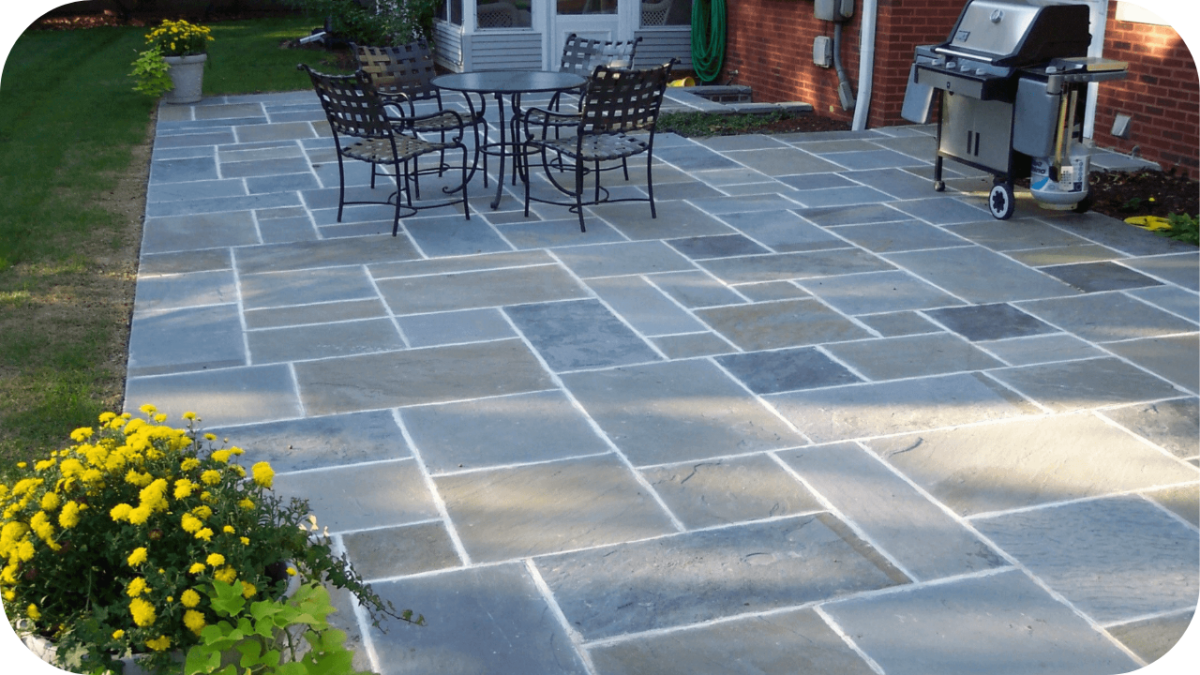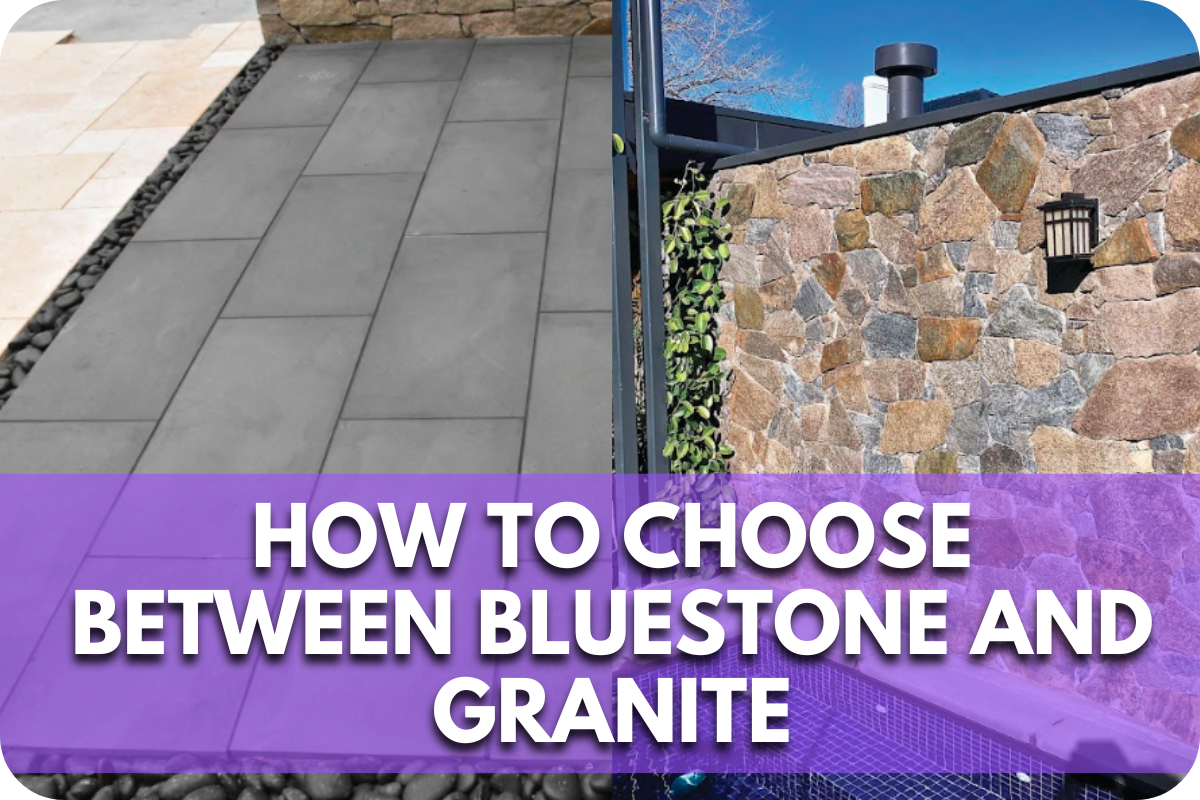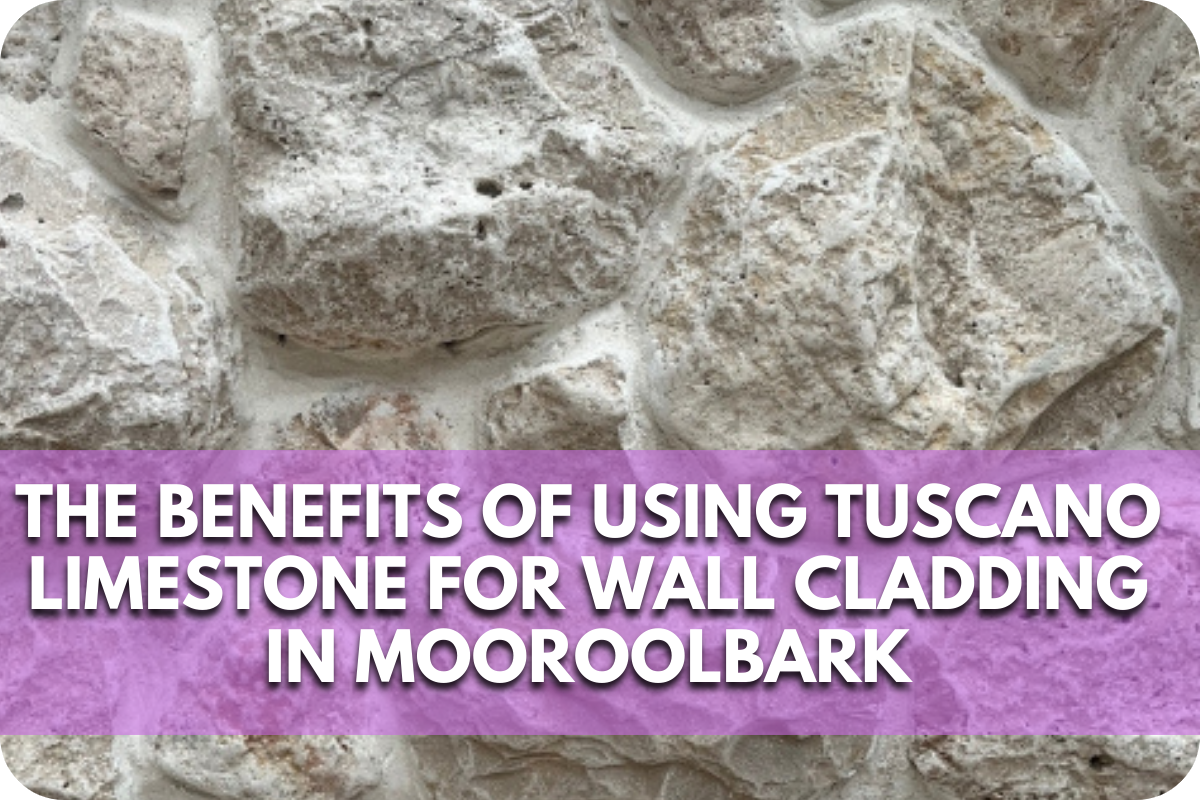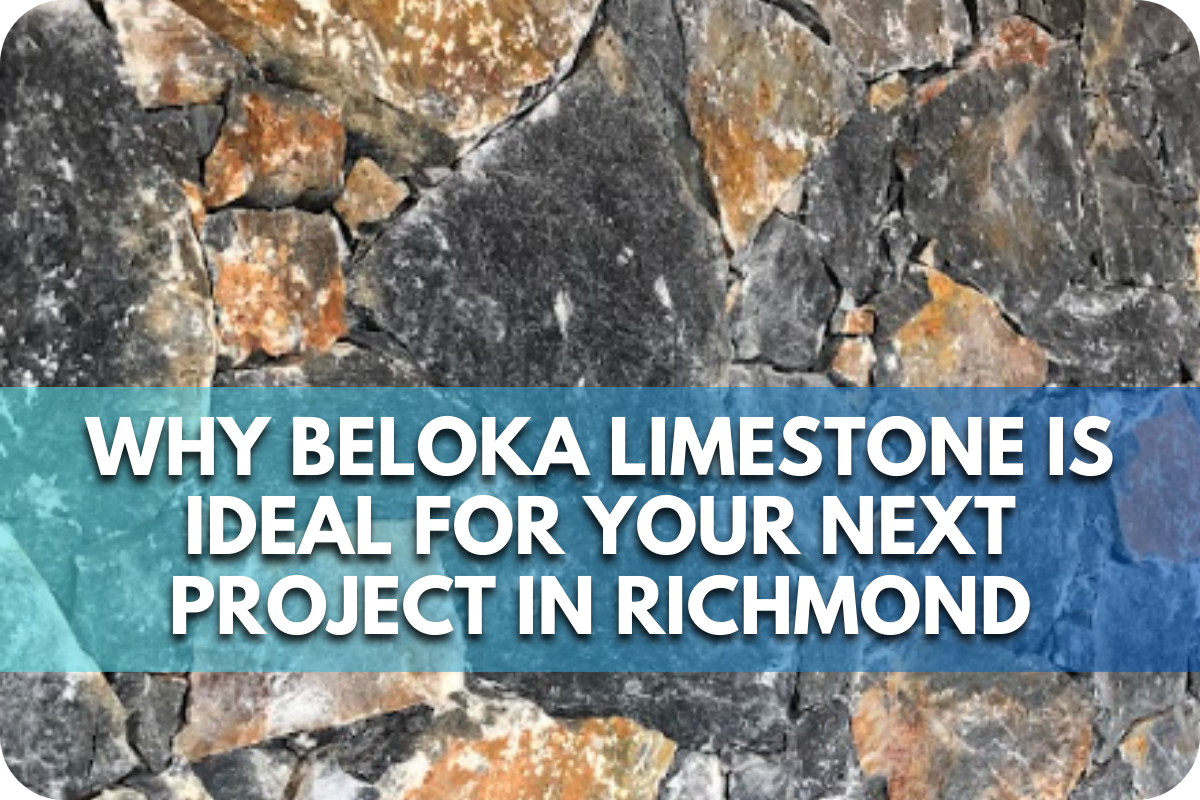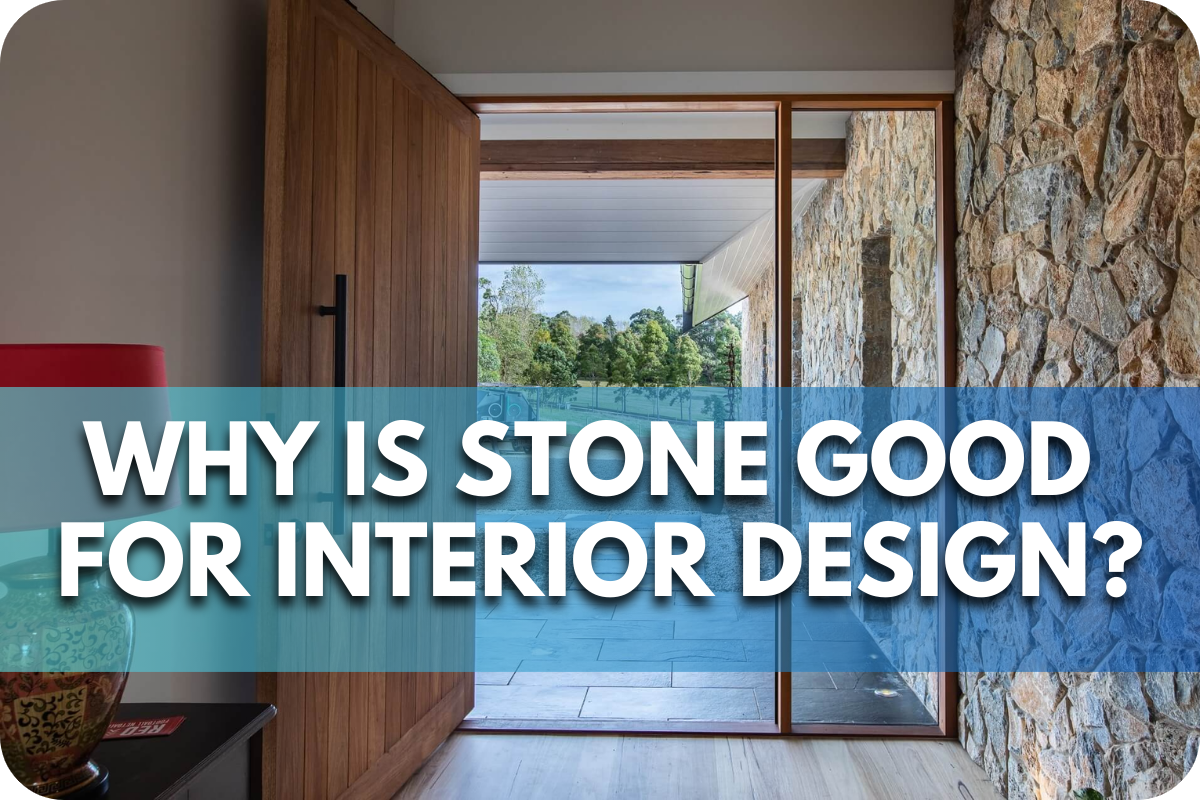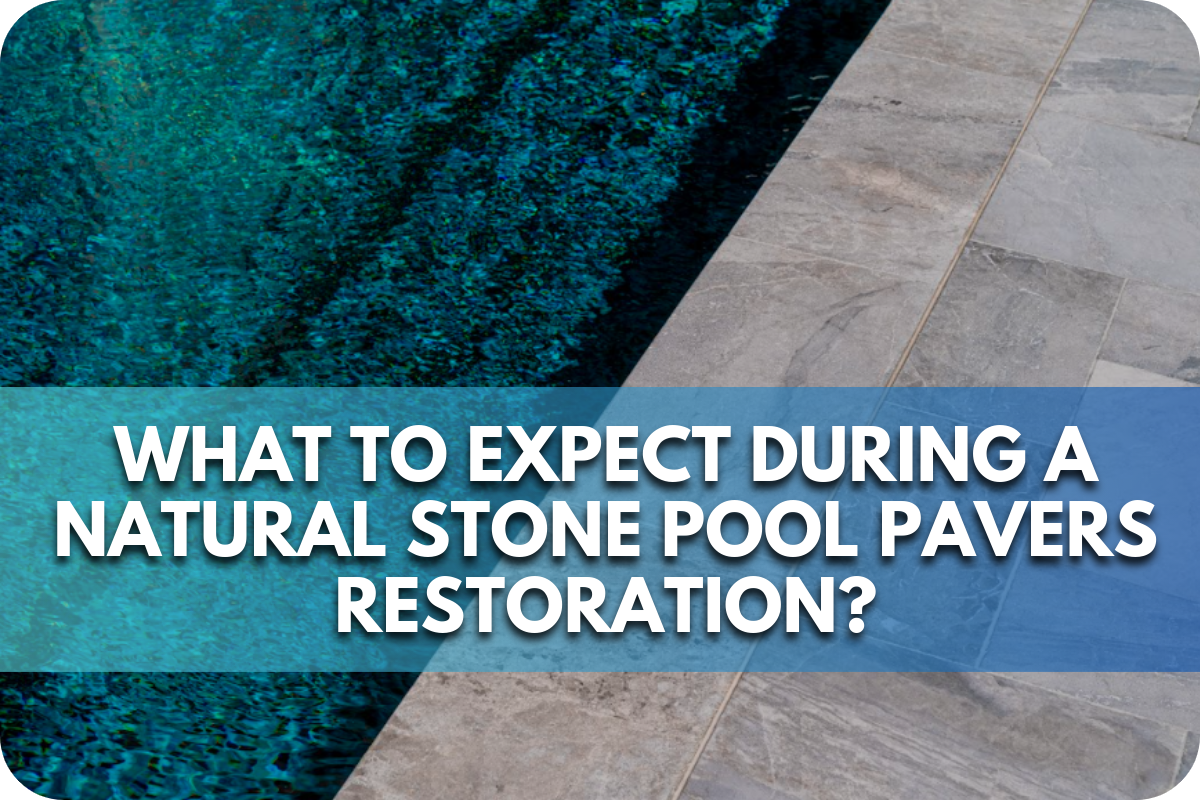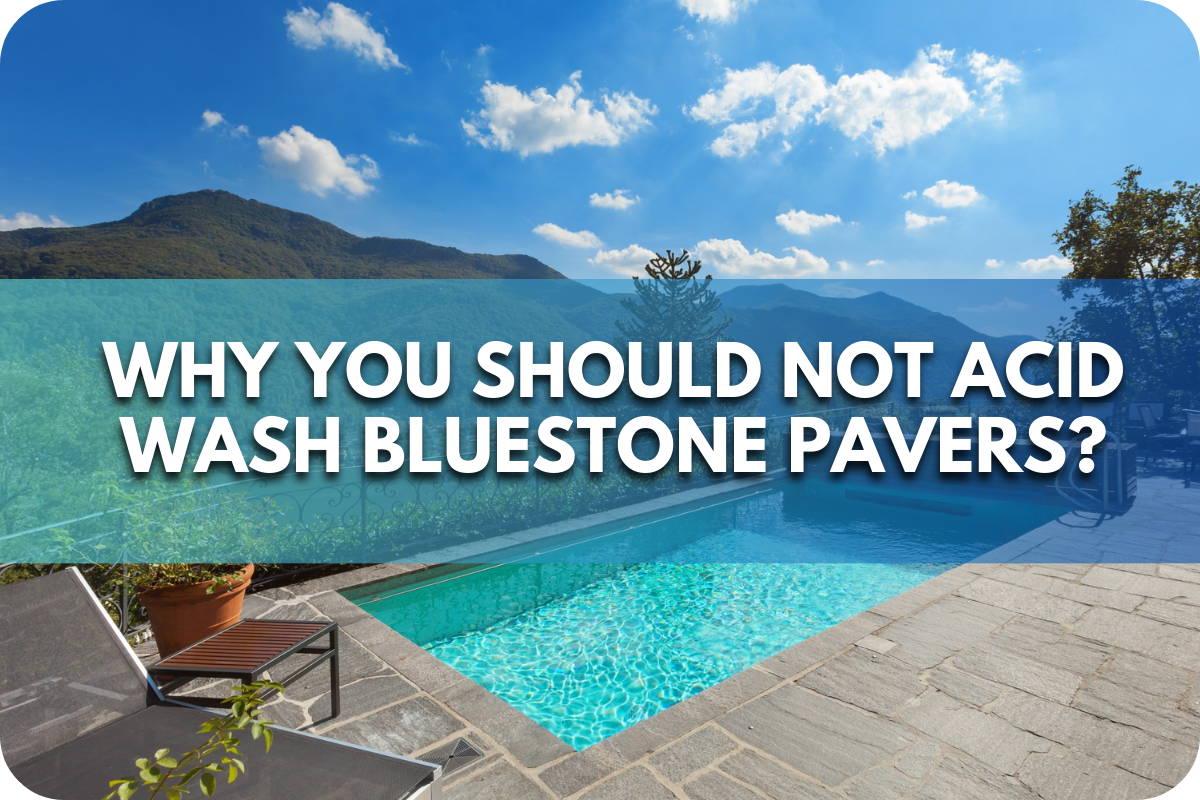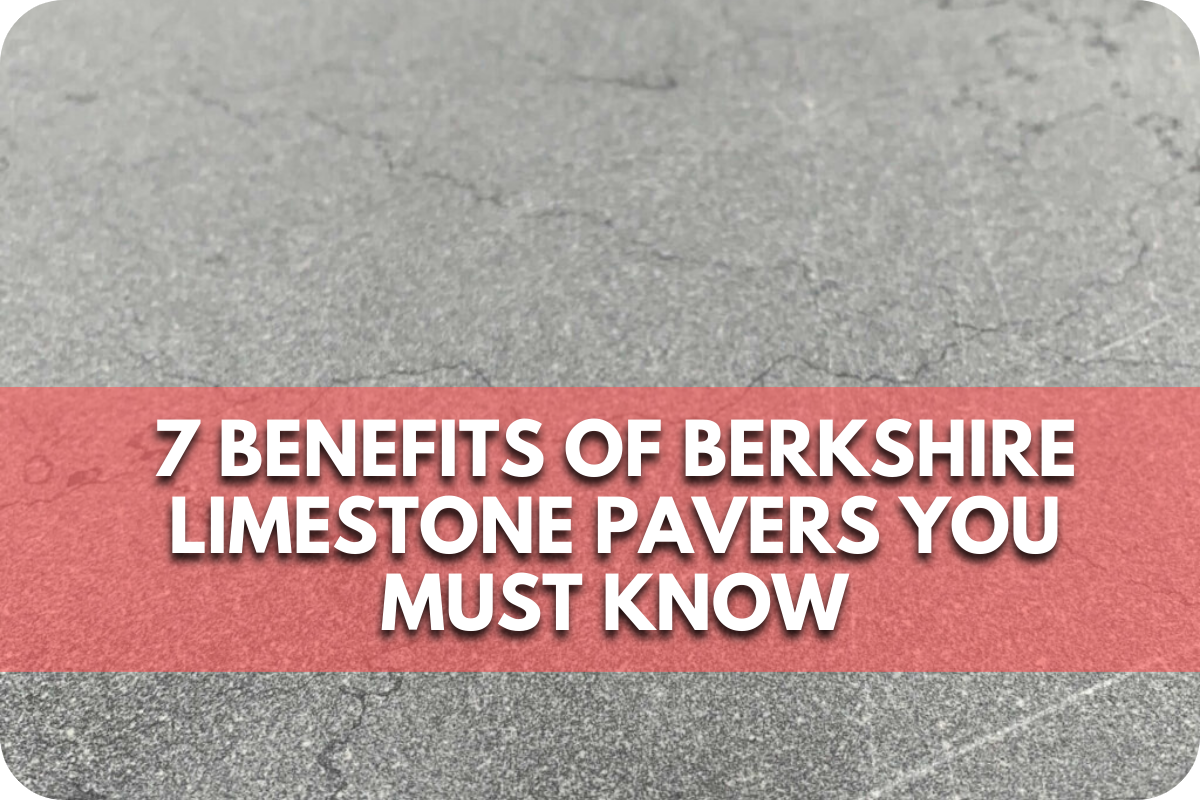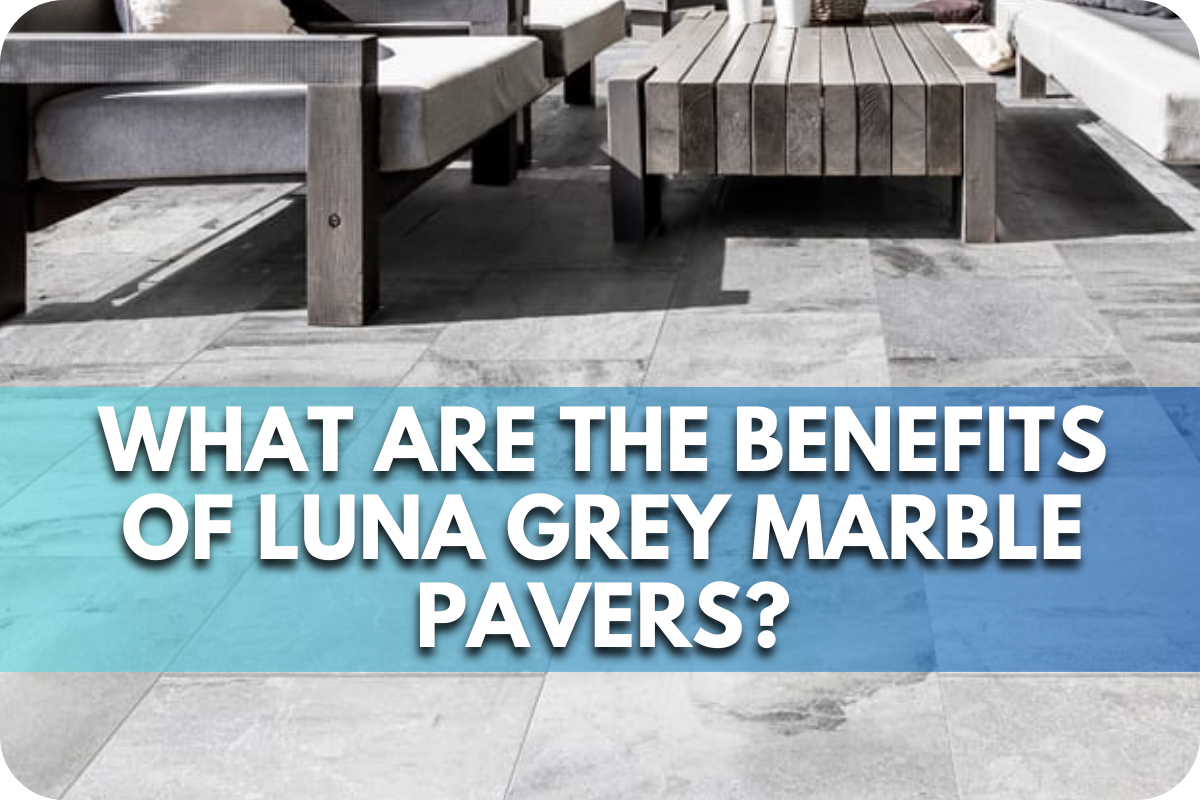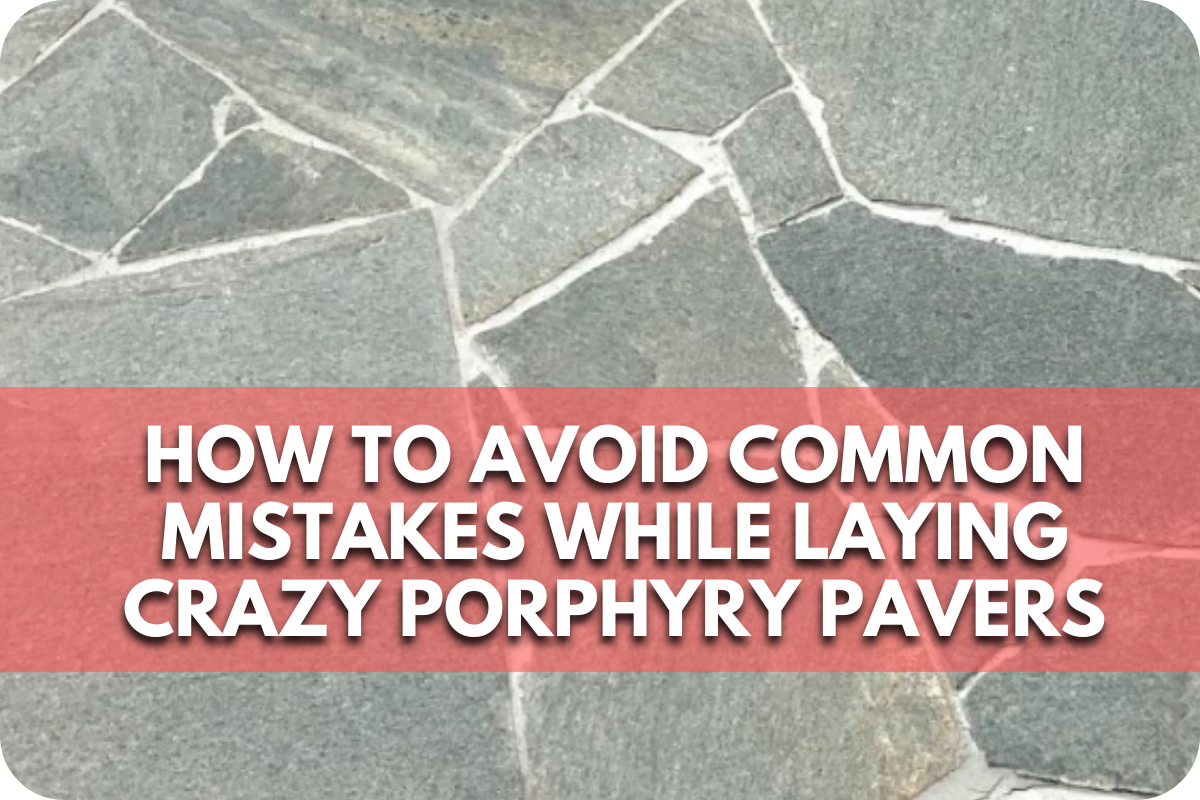What is Bluestone?
Bluestone is a popular choice in Australian landscaping and architectural design, valued for its strength, natural beauty, and versatility.
From stylish courtyards to busy urban footpaths, this stone delivers a balance of durability and visual appeal. Its cool tones and textured finish make it suitable for a wide range of applications, whether you’re upgrading a patio or planning a large-scale commercial project.
Understanding what bluestone is, how it forms, and where it excels will help you choose the right material for your outdoor space.
What Is Bluestone?
Bluestone is a dense volcanic stone formed from ancient lava flows that cooled and solidified over millions of years. In Australia, it refers specifically to basalt, known for its strength, durability, and fine-grained texture.
Quarried mainly in Victoria, bluestone features subtle holes caused by gas bubbles during formation. While the term means different things globally, in Australia it is prized for landscaping and paving due to its resilience and naturally rich, blue-grey appearance.
Key Characteristics of Bluestone
Premium bluestone offers durability, texture, and timeless appeal, making it a standout choice for Australian landscapes. Here’s why it continues to be trusted for outdoor design.
1. Natural Colour Palette
Bluestone displays a range of cool, earthy tones, including blue-grey, charcoal, and brown. These colours are naturally present due to the mineral content in the stone and subtly vary between individual pieces and quarry sources.
2. High Density and Low Porosity
Formed from slowly cooled volcanic lava, bluestone is an exceptionally dense rock with minimal porosity. This tightly bonded structure contributes to its strength and makes it less absorbent than many other natural stone types.
3. Textured Surface
The surface of bluestone typically contains small pits and a fine-grained texture, caused by gas bubbles and natural fracturing during formation. This gives the stone a distinctive tactile feel and visual depth.
4. Thermal Properties
Bluestone conducts heat slowly due to its mineral composition and density. This means it takes longer to absorb surface heat, which contributes to its naturally cool feel when exposed to sunlight or ambient warmth.
5. Tonal Variation and Surface Movement
Bluestone features natural shifts in colour, layering, and mineral patterns that occur during its geological formation. These variations give each piece a unique appearance, often enhanced by sawn or split finishes.
6. Weather Resistance
As an igneous stone, bluestone is inherently resistant to UV exposure, moisture, and temperature fluctuations. Its physical composition allows it to endure a range of harsh environmental conditions without breaking down structurally.
Bluestone Finishes: Surface Styles to Suit Every Design
Bluestone offers a range of finishes that bring out its natural depth, texture, and character. Each option suits a different style and function. Here’s how they differ and where they shine.
1. Sawn Bluestone
Sawn bluestone features a flat, matte surface created by precision cutting. It has consistent tones and a clean appearance, making it popular in modern landscapes, formal courtyards, and architectural projects needing uniformity.
2. Flamed Bluestone
Flamed bluestone is exposed to intense heat, causing slight surface expansion and a fine texture. The result is a non-slip finish suitable for pool surrounds, pathways, and wet zones in outdoor areas.
3. Honed Bluestone
Honed bluestone is ground to a smooth, satin finish that softens its natural grain. The refined look is ideal for indoor floors, alfresco areas, and settings where a sleek surface is preferred.
4. Cobble Bluestone
Cobbled bluestone is made from small, tumbled blocks with rounded edges and aged faces. Common in heritage-style paths, laneways, and driveways, it adds charm, strong grip, and an old-world European look.
5. Sandblasted Bluestone
Sandblasted bluestone is treated with high-pressure sand, producing a soft, even texture across the stone. It reduces visual contrast and creates a muted, elegant finish for contemporary paving or cladding.
6. Natural Split Bluestone
Natural split bluestone is cleaved along its natural seams, revealing a rugged, irregular texture. This raw finish showcases the stone’s earthy variation and is often used for wall cladding or rustic paving.
Common Applications of Bluestone
Bluestone is a premium choice for outdoor paving projects. At Splendour in Stone, we offer bluestone exclusively for paving use, where its durability and natural appeal make it a practical and stylish solution.
1. Patio Paving
Bluestone is ideal for patio areas thanks to its slip-resistant texture and timeless colour palette. Its density and strength ensure a solid foundation for outdoor dining and entertaining spaces of all sizes.
2. Courtyard Paving
For courtyards, bluestone provides a cohesive and elegant finish. Its earthy tones complement both modern and classic landscapes, and its resilience makes it suitable for daily use and varying weather conditions.
3. Garden Paths
Bluestone is commonly used to create garden paths and walkways. Its natural split or sawn finishes offer stability underfoot while blending harmoniously with surrounding planting and soft landscape materials.
4. Driveway Paving
With its high density and load-bearing capacity, bluestone performs well in driveways and vehicle zones. It offers a clean, architectural finish while standing up to tyre traffic and long-term use.
5. Poolside Paving
Sawn and flamed bluestone finishes are often selected for pool surrounds paving due to their grip and cooling properties. They create a sleek, functional surface that withstands moisture and UV exposure.
Benefits of Using Bluestone
Bluestone offers durability, visual impact, and long-term value, making it a reliable option for Australian paving projects. Here’s why it continues to be a preferred natural stone in outdoor design.
1. Delivers Long-Term Strength and Stability
Bluestone’s dense composition gives it outstanding structural integrity. It performs well in high-traffic areas and resists cracking or erosion, helping your paved surfaces stay solid and attractive over many years.
2. Provides a Timeless, Natural Look
With its cool, earthy tones and fine grain, bluestone suits both contemporary and classic designs. Its understated beauty adds depth and balance to outdoor spaces without overpowering surrounding materials or features.
3. Simplifies Outdoor Maintenance
Once sealed, bluestone is easy to care for. Its dense surface resists staining and dirt build-up, while simple sweeping and rinsing help preserve its natural appearance with very little effort.
4. Withstands Australian Weather Conditions
Bluestone is built to endure harsh weather, from UV exposure and summer heat to heavy rain and frosts. Its natural properties prevent deterioration, helping it retain its form and colour year-round.
5. Adapts to a Range of Paving Styles
Available in various sizes, formats, and finishes, bluestone is suitable for French pattern paving, steppers, driveways, or large-format slabs. Its design flexibility allows for seamless integration into almost any landscape plan.
Maintenance and Care for Bluestone
Looking after your bluestone helps preserve its natural beauty and ensures it continues to perform well in your landscape. Follow these simple care tips for long-lasting results:
- Seal after installation: Apply a high-quality penetrating sealer to prevent moisture absorption, surface discolouration, and staining, while preserving the natural appearance of the stone over time.
- Use pH-neutral cleaners: Clean regularly with non-acidic, stone-safe products. Avoid harsh chemicals like vinegar or bleach, which can cause surface etching and dull the stone’s finish.
- Sweep or rinse regularly: Remove dust, leaves, and dirt with a broom or hose. This simple routine prevents surface stains and maintains the stone’s natural texture and colour.
- Re-seal every 3 to 5 years: Ongoing protection helps extend the life of your bluestone. Reseal more frequently in high-traffic zones or areas exposed to constant water.
- Blot spills immediately: Promptly clean spills from oil, wine, or acidic substances to avoid long-term surface damage or stains that may be difficult to remove later.
- Check joints and grout: Regularly inspect joints and fill any gaps or loose areas. Well-maintained joints ensure the paving remains secure, level, and visually cohesive.
- Replace damaged pieces: If a paver chips or cracks, it can usually be replaced without affecting the overall pattern. Matching replacement pieces help maintain a consistent look.
Conclusion
Bluestone offers a unique combination of natural texture, timeless appearance, and structural integrity, making it an excellent choice for outdoor paving in Australian homes.
If you’re planning a landscape project and want materials that are both durable and elegant, speak with the team at Splendour in Stone.
View our premium bluestone range and get expert guidance to ensure your paving solution stands the test of time.

